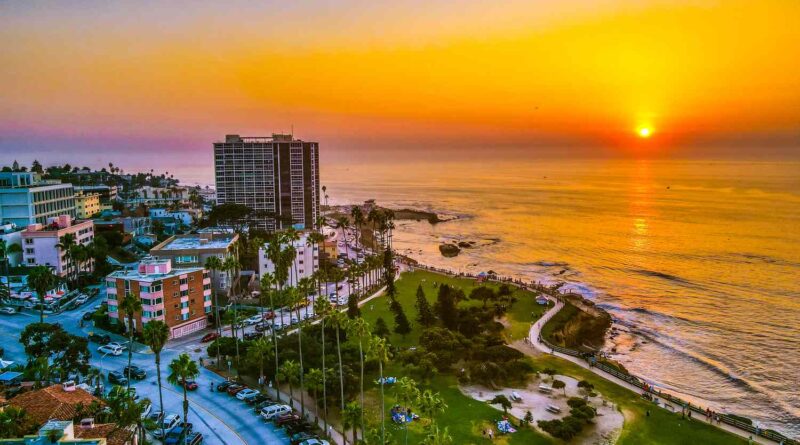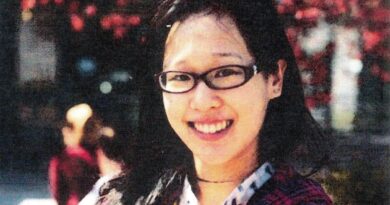History of San Diego
San Diego has a long and rich history dating back thousands of years. The area was originally inhabited by the Kumeyaay people, who lived in the region for over 12,000 years. They hunted, fished, and gathered food along the coasts and inland valleys.
The first Europeans to visit San Diego were members of a Spanish expedition led by Juan Rodriguez Cabrillo in 1542. Cabrillo claimed the area for Spain, but no settlement was established at that time. It wasn’t until 1602 that Sebastian Vizcaino led another Spanish expedition to San Diego and named the area “San Diego” after his flagship vessel.
In 1769, the Spanish returned and established the first permanent European settlement in California at San Diego’s Old Town. The site was chosen for its excellent natural harbor. The Spanish built a fort and mission, the Mission San Diego de Alcalá, which is still standing today as the oldest surviving structure in California.
For several decades, the small settlement at San Diego remained isolated from the rest of Spanish America. It was mainly a supply stop for ships engaged in trade along the Pacific coast. After Mexico won independence from Spain in 1821, San Diego came under Mexican rule.
In the 1830s and 1840s, San Diego began to develop into a town with more permanent residents. The town largely depended on the cowhide trade, hunting sea otters, and smuggling goods across the border with Mexico. San Diego was still very much a remote frontier outpost at the time.
The turning point came with the California Gold Rush starting in 1848. San Diego became a popular stopover point for people traveling to the gold fields in northern California. Its location near the Mexican border also made it an important military town. The Army established New Town (today’s Downtown) about a mile from Old Town to better control the border.
San Diego continued growing slowly but steadily in the late 1800s. Two major events helped put it on the map: the arrival of the transcontinental railroad in 1885 and the opening of the Hotel del Coronado in 1888. Tourism began booming, particularly after city officials made a concentrated effort to promote San Diego as a vacation destination with a healthy warm climate.
In the early 20th century, San Diego hosted two World Fairs: the Panama-California Exposition in 1915-16 and the California Pacific International Exposition in 1935-36. Both events helped showcase San Diego to the rest of the country and contributed iconic buildings like the Museum of Man.
During World War II, San Diego transformed into a major military center. The population swelled as defense workers and military personnel flocked to the city. This influx and development of advanced research and technology industries helped diversify San Diego’s economy.
After the war, San Diego continued to grow into a modern metropolitan area. Tourism, the military, research and manufacturing, and other industries drove growth. Suburban development expanded into the surrounding areas. San Diego also began developing into a hub for biotech and healthcare in the 1980s and 1990s.
Today, San Diego is the eighth largest city in the US with over 1.4 million residents. It is renowned for its idyllic climate, family attractions, robust defense and technology sectors, world-famous zoo and other amenities that make it one of America’s most desirable places to live and visit. From its humble beginnings as a remote Spanish outpost, San Diego has emerged as a leading Pacific coast city while still celebrating its historic roots.
Discover more from City Towner
Subscribe to get the latest posts sent to your email.




